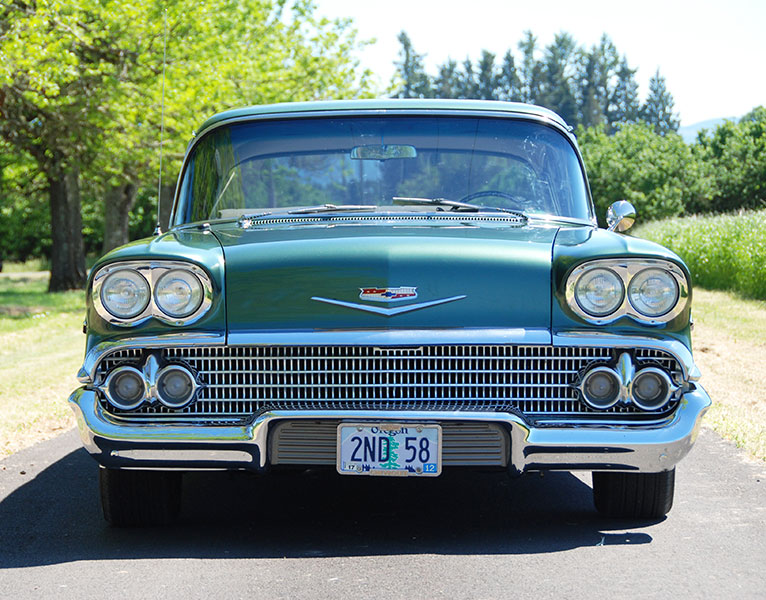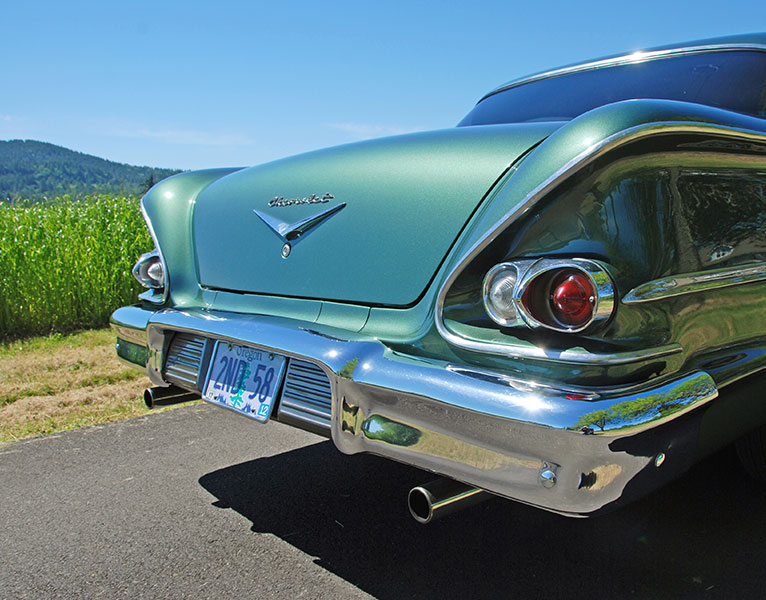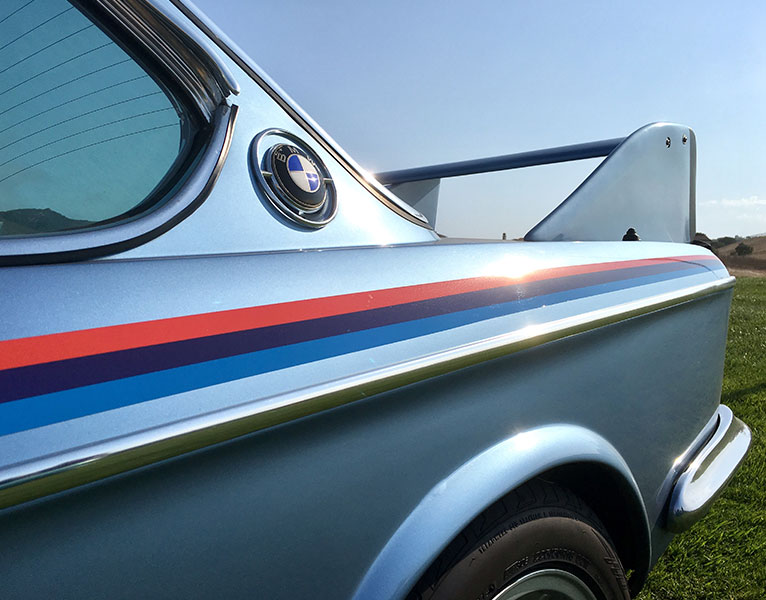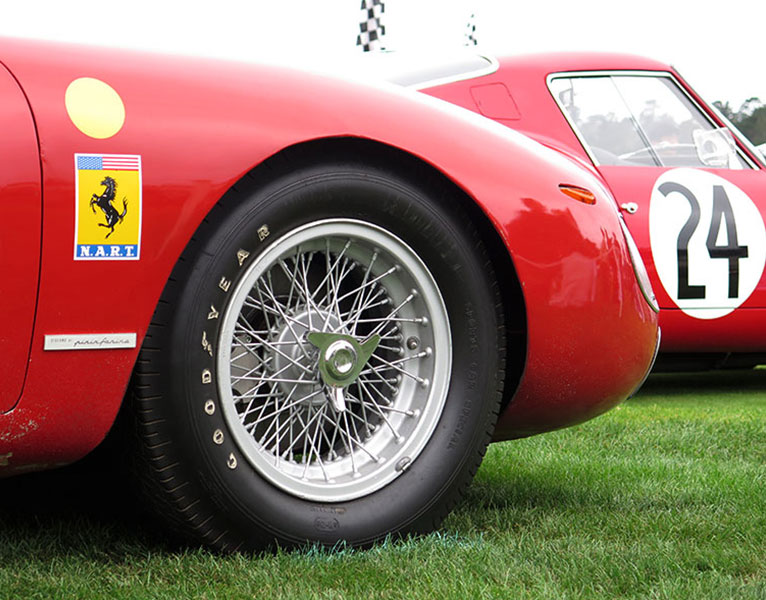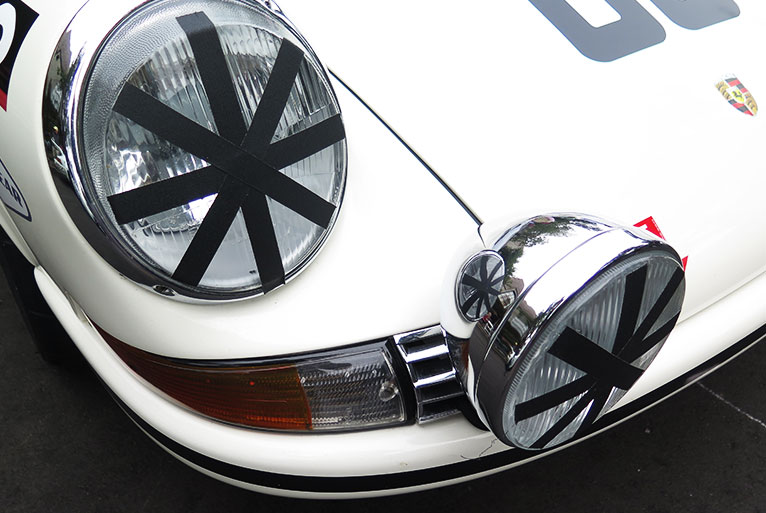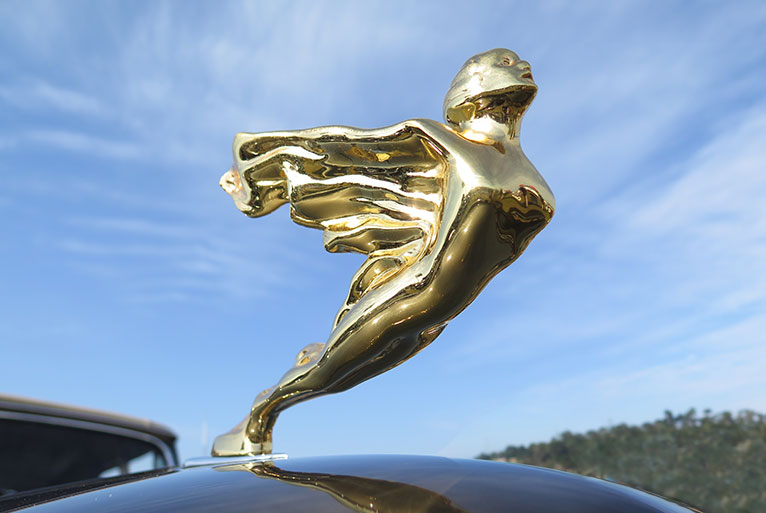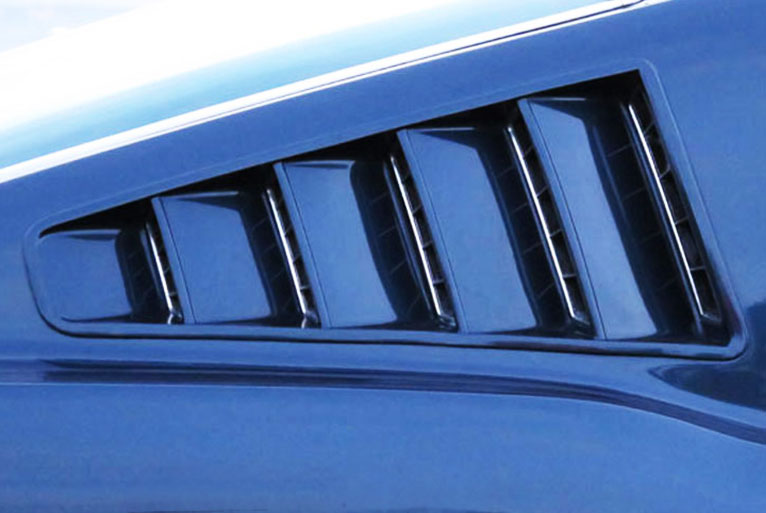Story and Photos Mike Spicer
No one is born a professional photographer. The path is a mixture of trial and error blended with learned skills. Many people have a camera but not everyone has the skill to capture a good car photograph. Here are six tricks I picked up along the way.
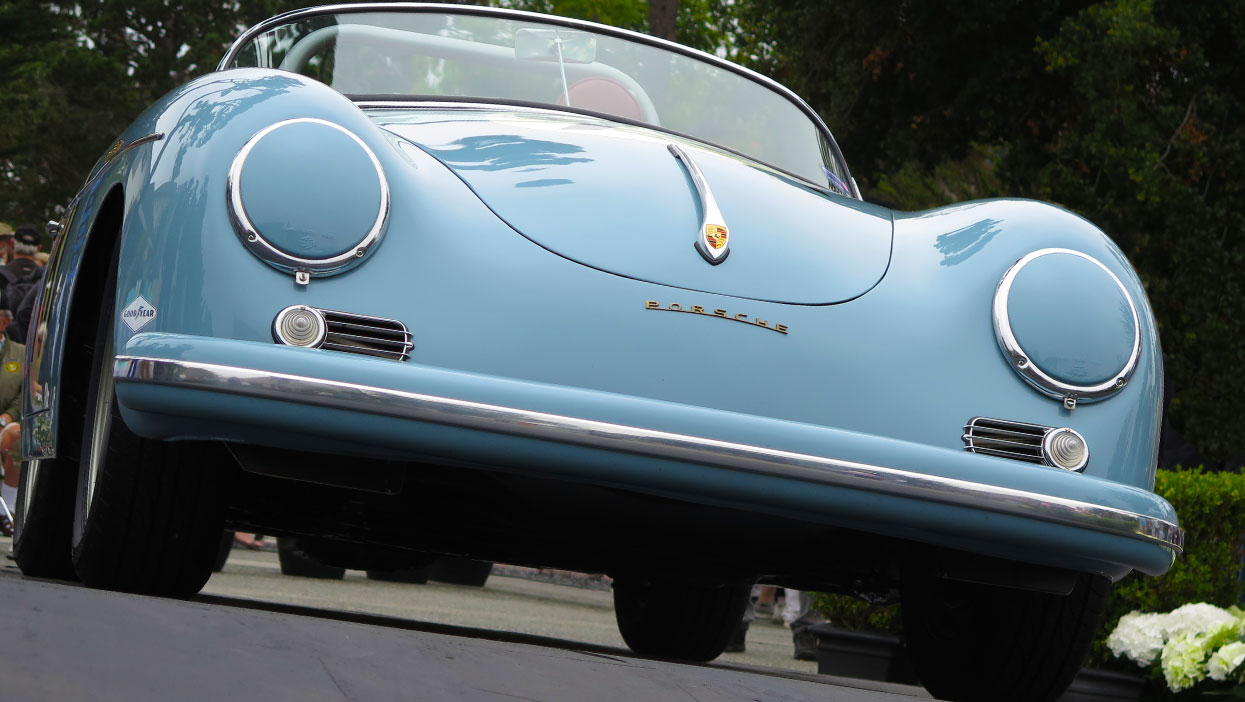
One: Be A Master Of Light. A good photographer’s superpower is being a master of light. When outdoors always know where the sun is and position yourself so your light source is behind you most of the time. On overcast days look for shadows to help guide you.
Some colors and paint do well in direct sunlight and some don’t. Experiment to find the sweet spot. Even light works well and is best for shooting interiors and engines. Look for even light in the morning or late afternoon (while the sun is low) for good lighting opportunities.
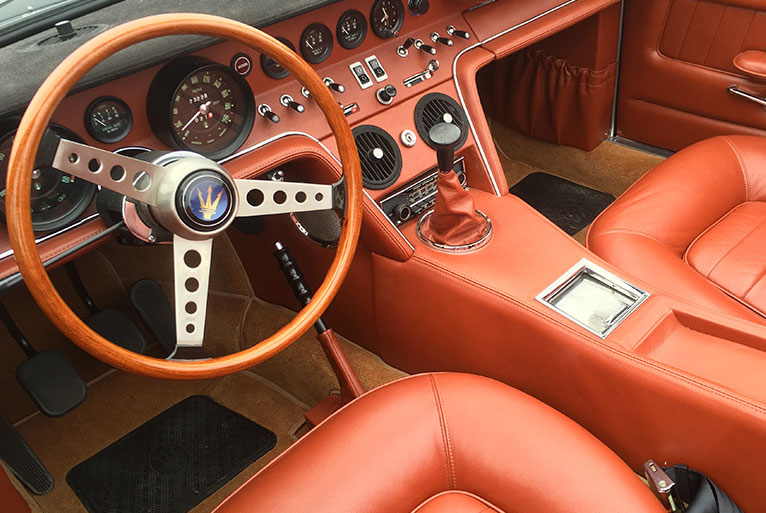
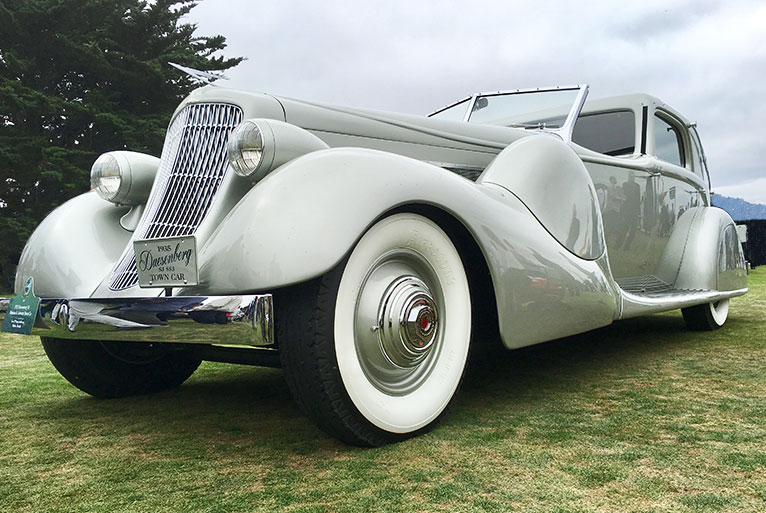
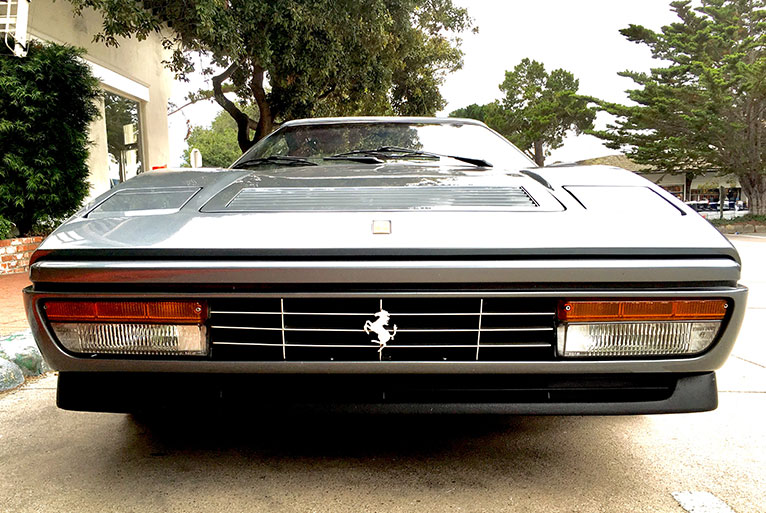
Two: Use Interesting Angles & Heights. There’s a photography saying “you should never know a photographers height when looking at a photo”. By using a low or high angle makes the shot interesting since it is a vantage point we don’t see every day. A unique perspective attracts the eye.
Three: Pay Attention To Your Surroundings. The background should be a good photo (on its own) whether the car is in the shot or not. If your background is less than ideal try to get some uniformity or repetition to put the focus on your subject. Avoid competing objects in the shot. Sometimes a clever angle can hide unwanted background distractions.
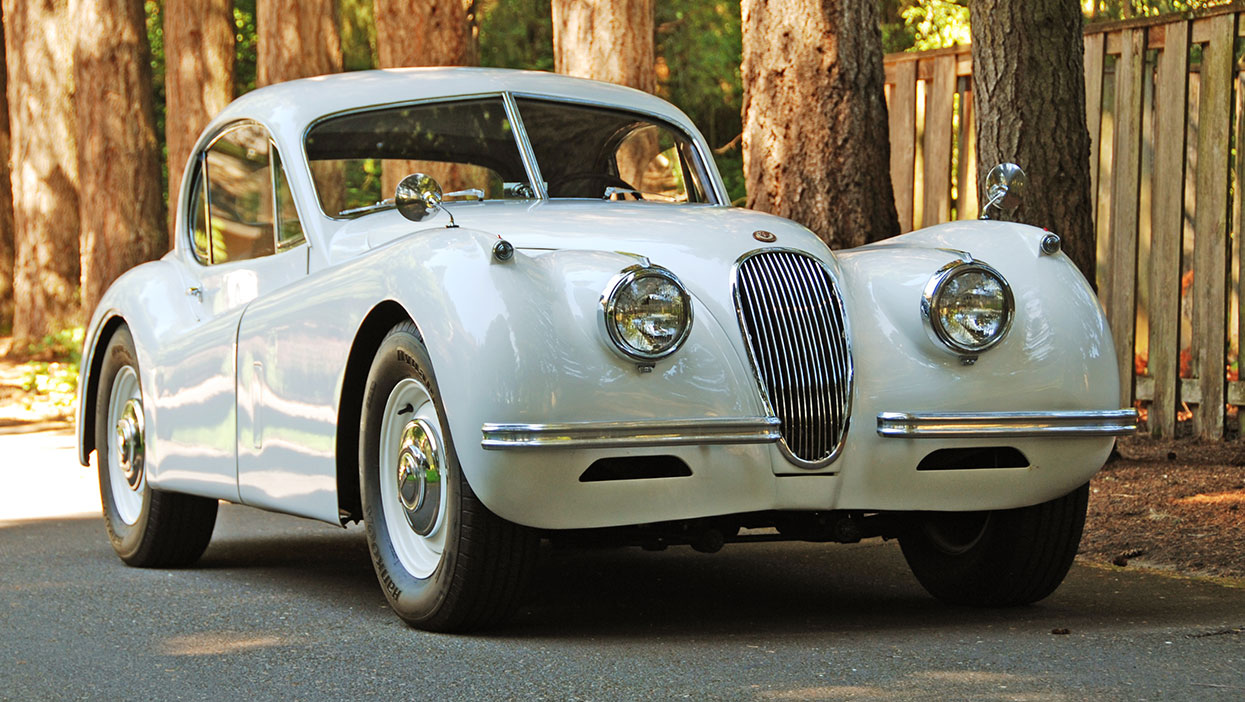
Four: Details Details Details. Every car has a unique personality, spend some time getting acquainted with it and don’t forget to dig into the details. There are always some special bits that stand out. After your initial analysis of the scene get in close to shoot isolated parts of the car. Sometimes a detail shot is the best one.
Five: Reflections. It may be an afterthought but make sure to pay attention to what is being reflected in the paint and chrome. Trees, people, other cars, everything can be seen in the reflections. It’s easy to get excited about a shot only to be disappointed later under closer examination that there were unwanted reflections. Also a polarizing filter is a must have to manage reflections/glare from the sun. Keep this in mind while in the field as part of your mental check list.
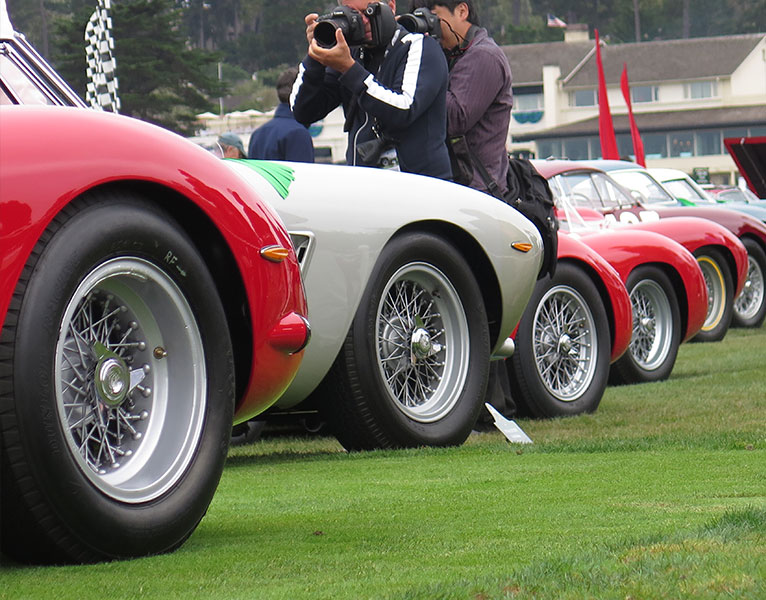
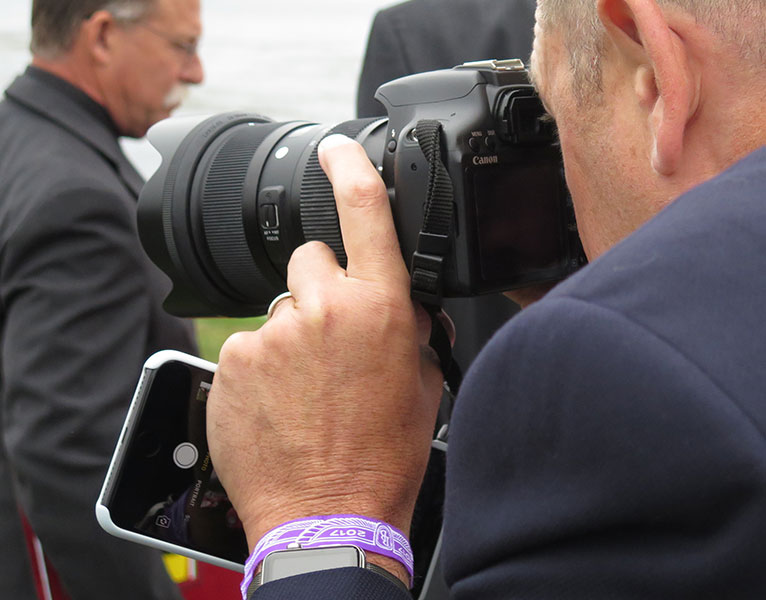
Six: Adapt To Your Environment. Important cars are often found at shows or museums. In these environments you have to be extra creative. The environment tells a story so try to use this to your advantage under these restraints.
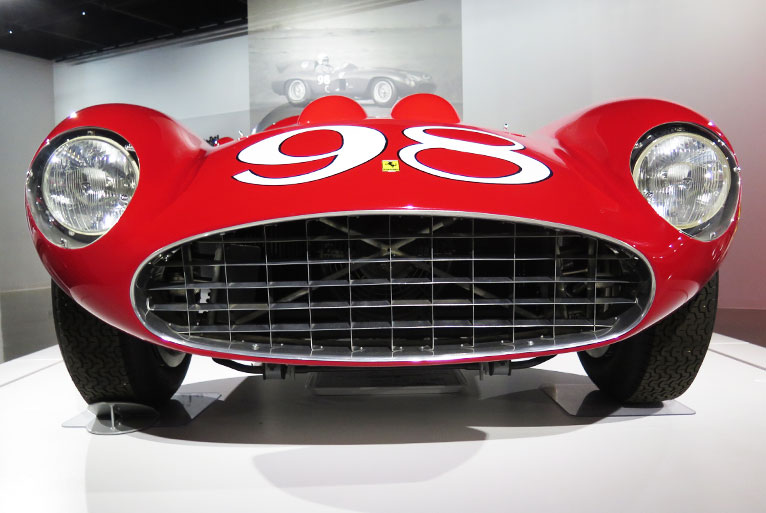


Many factors go into making a good car photograph. Experiment with your equipment and approach to find what works for you.

